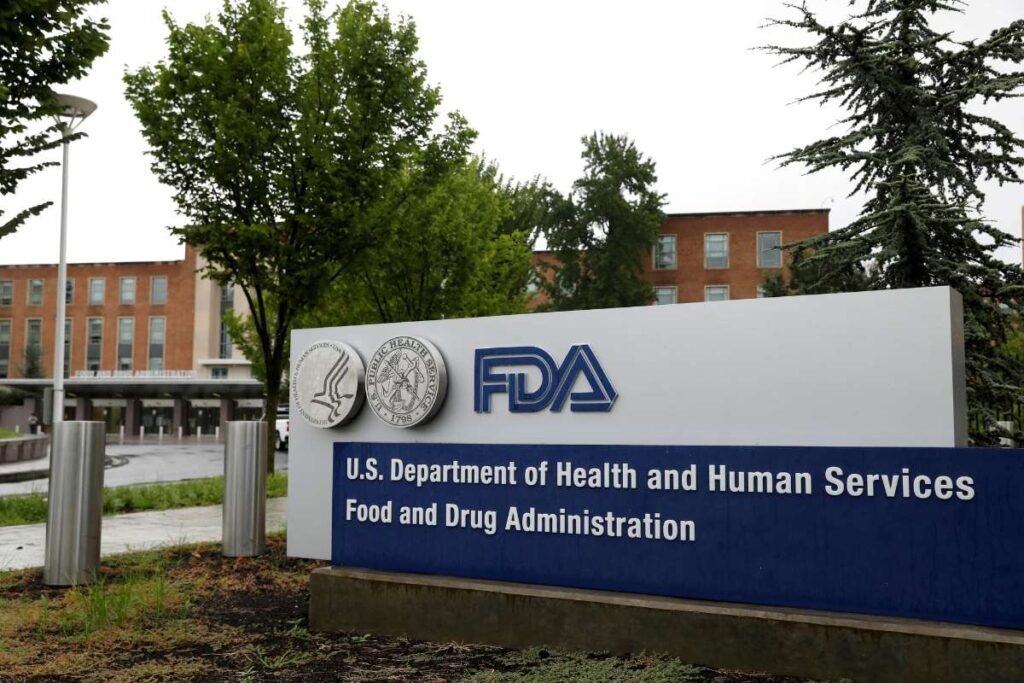Federal Health Agencies Face Potential Workforce and Budget Cut
The federal government’s key health agencies are reportedly under review as part of an administrative effort to restructure operations and reduce expenditures. Recent reports indicate that supervisors at major health institutions, including the Centers for Disease Control and Prevention (CDC), have been instructed to assess probationary employees, raising concerns about possible workforce reductions. While officials have denied any plans to issue mass layoffs at the Department of Health and Human Services (HHS), there is growing speculation about large-scale staffing changes.
Additionally, the Department of Government Efficiency, working alongside senior officials at the Centers for Medicare & Medicaid Services (CMS), evaluates potential financial inefficiencies. The administration maintains that these efforts are geared toward ensuring responsible resource allocation. Meanwhile, the National Institutes of Health (NIH) recently attempted to reduce indirect costs tied to medical research grants, which critics argue could significantly impact vital health studies. However, a federal judge has temporarily halted the implementation of these budget adjustments.
Overview of the Department of Health and Human Services
The Department of Health and Human Services serves as the primary federal health agencies responsible for overseeing national health policies, regulatory measures, and public health initiatives. Its responsibilities include managing healthcare programs for millions of Americans, regulating food and drug safety, and responding to public health crises. Established under its current name in 1979, HHS oversees 13 sub-agencies, including the Public Health Service.
The department plays a pivotal role in ensuring the efficiency and effectiveness of healthcare services across the nation. Currently, more than 91,000 employees work under HHS, which operates with an annual budget that exceeds $1.8 trillion in the 2023 fiscal year. A significant portion of this budget is allocated to Medicare and Medicaid, the government’s primary public health insurance programs, which collectively accounted for nearly 90% of mandatory federal health spending last year.
Key Agencies Operating Under HHS
Several major agencies fall under the jurisdiction of HHS, each with distinct functions and budgetary allocations:
1. Centers for Disease Control and Prevention (CDC):
With a budget authority of $9.7 billion and approximately 12,600 employees, the CDC is responsible for monitoring and responding to public health threats. The agency provides scientific research, public health guidelines, and assistance in managing disease outbreaks.
2. Food and Drug Administration (FDA):
Operating with a budget of $2.7 billion and a workforce of around 20,500 employees, the FDA oversees the safety and effectiveness of pharmaceuticals, medical devices, biologics, and certain food products.
3. National Institutes of Health (NIH):
With a budget of $49 billion and 20,600 employees, the NIH conducts and funds medical research focused on advancing treatments for diseases such as cancer, HIV, and Alzheimer’s.
4. Centers for Medicare & Medicaid Services (CMS):
Managing a budget of $1.6 trillion and employing around 6,600 personnel, CMS administers Medicare, Medicaid, and the Children’s Health Insurance Program, which collectively provide healthcare coverage to millions of Americans.
As federal health agencies remain under scrutiny, the ongoing assessments and proposed budgetary changes continue to raise questions about the future of public healthcare initiatives and the broader implications for medical research and health services in the country.









